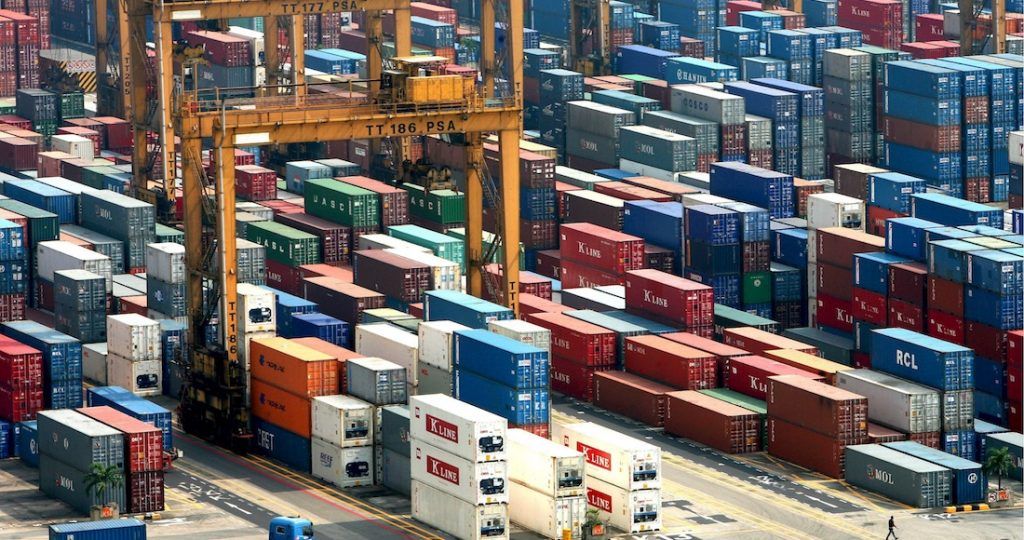The National Institute of Statistics and Geography (INEGI) summarized the history of Mexico‘s foreign trade records as follows.
The first known records of foreign trade in Mexico date back to colonial times and responded to the need to keep track of exports and imports in order to establish tax rates for foreign trade.
Statistics began between 1853 and 1857, when «Comercio Exterior de México» was published for the first time, a publication that consigned data from 1519 to 1853.
Likewise, in 1867, work was carried out to gather information from customs offices in order to create a statistical series.
In 1888, the continuous integration of this information began and the responsibility fell on the General Directorate of Statistics (DGE), at that time under the Ministry of Development.
Currently, the DGE is part of INEGI’s organizational structure.
Over the years, technological and conceptual innovations have become the main tool for improvement, which has contributed significantly to the integration and processing of statistical data.
In 1980, the International Standard Industrial Classification (ISIC) began to be used for the presentation of results according to the economic activity of origin and main products.
History
In the second half of 1988, the Harmonized Commodity Description and Coding System (HS) was implemented, which improved the use of the tariff nomenclature and advanced in the presentation of homogeneous figures among countries.
Finally, as of May 2005, the dissemination of information based on the ISIC was abandoned and the publication of the HS Main Products came into effect.
The activities for the generation and dissemination of Mexico’s Merchandise Trade Balance are the responsibility of the Foreign Trade Statistics Working Group (GECE), made up of the Tax Administration Service (SAT), the Ministry of Economy (SE), Banco de México (Banxico) and Inegi, which acts as the Group’s coordinator within the framework of the Specialized Technical Committee on Foreign Trade Statistics (CTE-ECE).
Some of the achievements of the GECE include the improvement of the techniques used to collect, classify, analyze and process information.
For example, the substitution of the Decentralized Customs Declaration Capture System (CADEPA) for the Integrated Automated Customs System (SAAI) carried out by the Ministry of Finance and Public Credit (SHCP) in 1990, at the Group’s request.
![]()

